
In-Store Payment
Monext provides you with the ideal solution to manage in-store payments, whether you prefer full autonomy or a centralized approach


RESILIENCE
Thanks to the quality of its platforms, Monext ensures robustness and high technical availability.

OPTIMIZATION
Centralize your workflows and ensure continuous maintenance to significantly reduce costs.

FLEXIBILITY
With Monext, you have full control over your business. Monext gives you the freedom to choose your preferred acquirers or terminals and simplifies the connection process.

ELEVATE YOUR BUSINESS
With Monext, take control of all your point-of-sale transactions. Our solution offers a wide range of features and adapts to your needs.
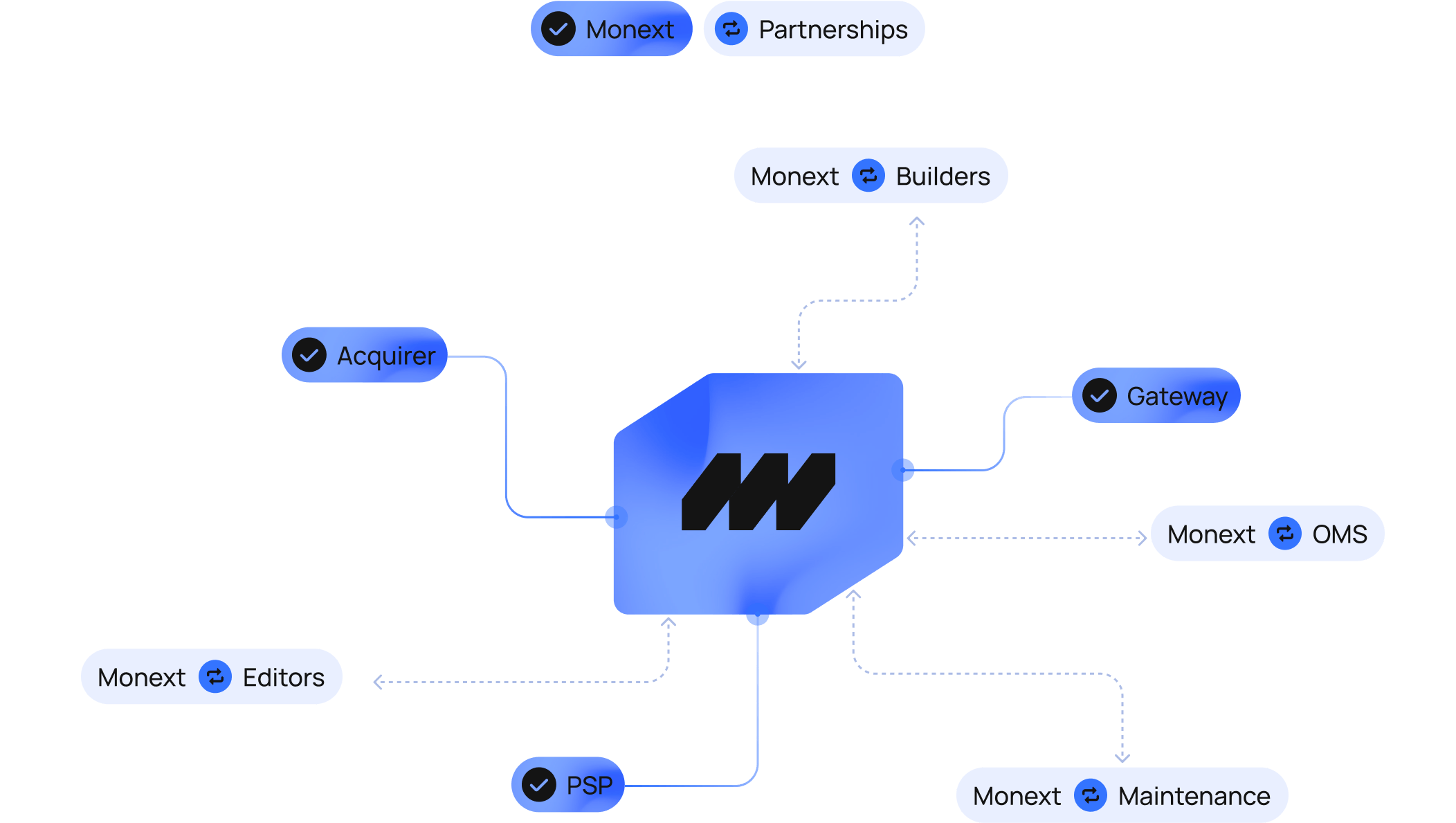
MAXIMIZE YOUR ACCEPTANCE RATE
With Smart Routing, your transactions are routed in real-time, automatically sending them to the most advantageous banking contract based on the context (brand, country, amount). Monext helps you configure the technical rules to reduce the cost of each transaction.
- Easy rule configuration through the user interface
- No limit to the number of criteria
- Any transactional field can be a potential criteria
- Immediate application of rules across all channels
- Rules aligned with your organization (business units, brands, etc.)

MASTER RISK
Monext helps you combat fraud and reduce financial losses. Manage your business's security easily and centrally, no matter the payment method, context, or sales channel.
- Real-time score calculation and decision-making: block or alert.
- Consideration of unpaid history, detected points of compromise, and fraud suspicions.
- Easy rule configuration with unlimited flexibility, combining any criteria.
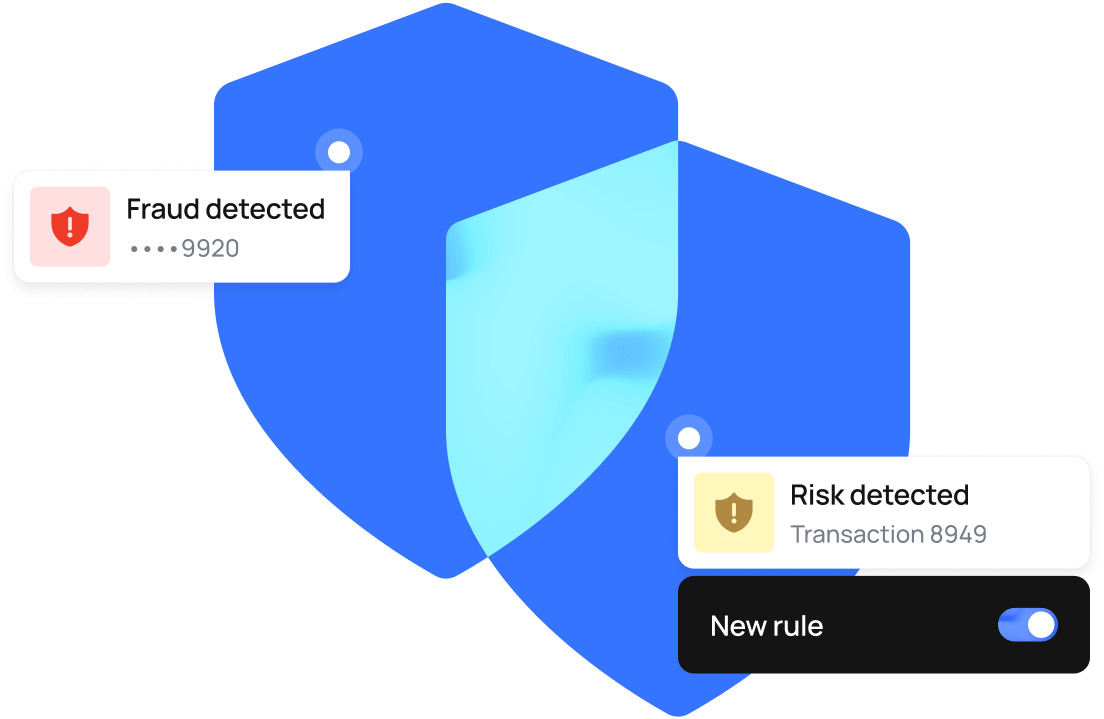

DATA THAT WORKS FOR YOU
Monext organizes all your payment data based on your organization's structure. Our expertise caters to the needs of various systems:
- Ingretated model
- Hybrid
- Franchise
- Mono ou multi-brands
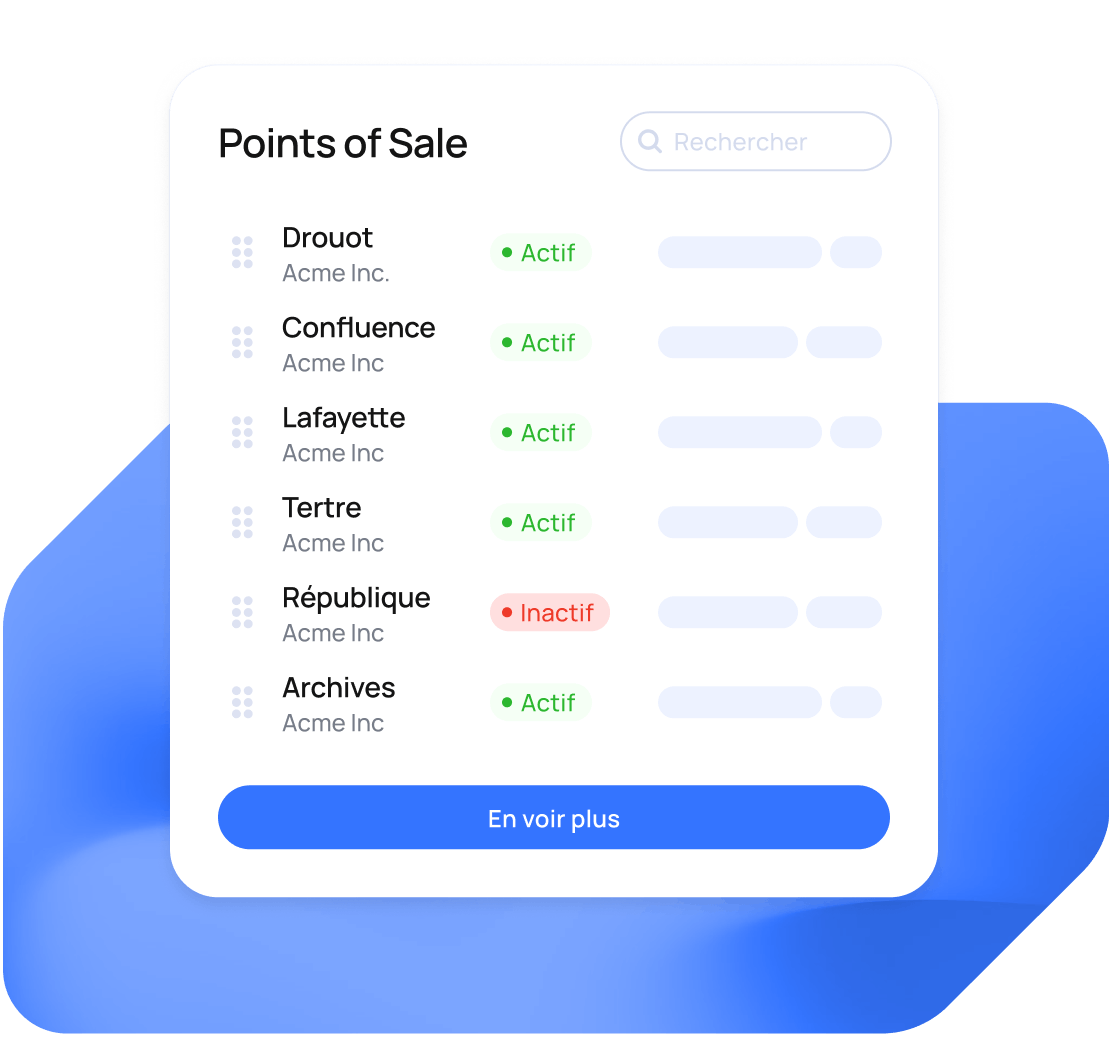
GLOBAL VIEW FOR GLOBAL CONTROL
A single portal for your dashboards, control, and reporting.
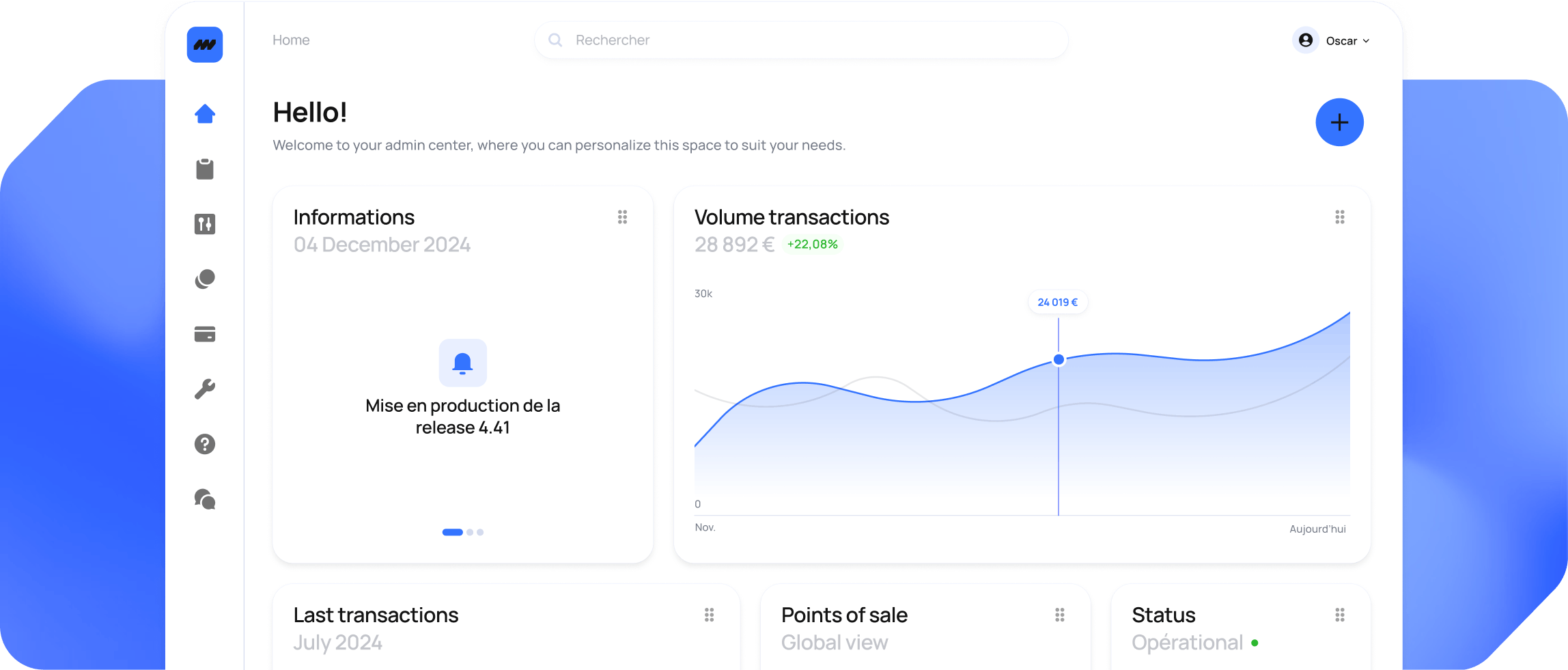
SOFTPOS: Accept Payments Anytime, Anywhere
Whether small or large businesses, break free from traditional payments and streamline your checkout experience.
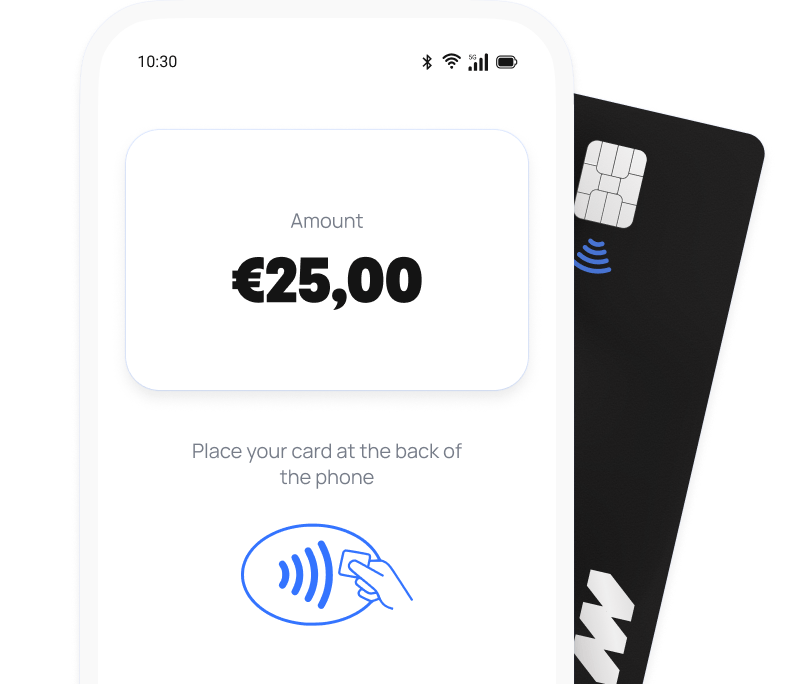
TURN YOUR SMARTPHONE INTO A PAYMENT TERMINAL
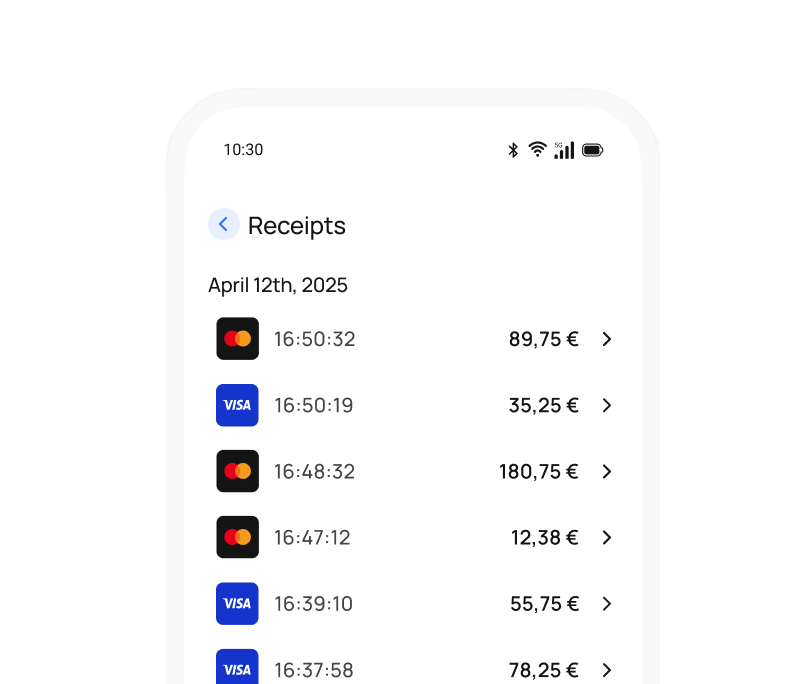
BYPASS THE CHECKOUT LINE AND REDUCE WAIT TIMES
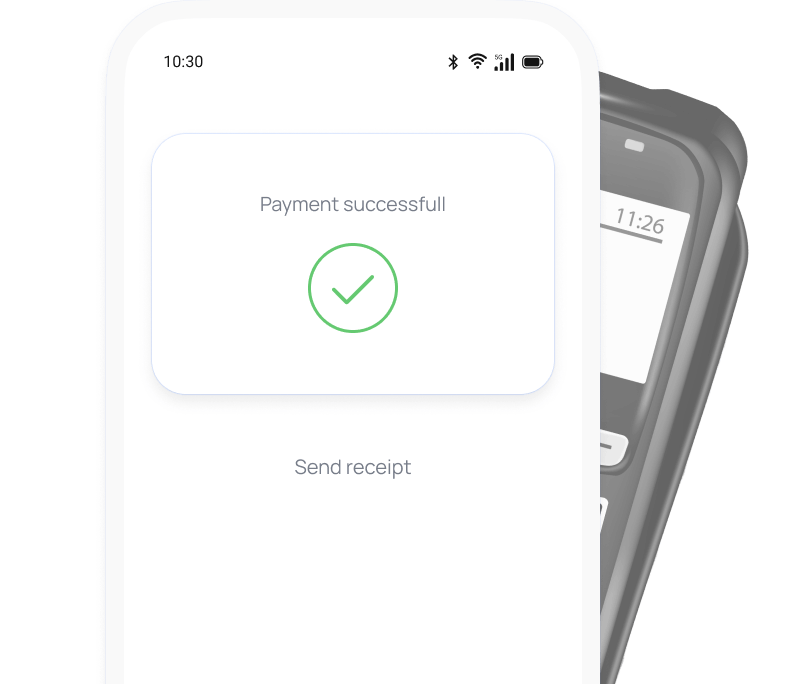
AVOID RENTAL AND MAINTENANCE costs OF PAYMENT TERMINALS

USE CASES

Home deliveries and services
Wherever you are, flexible payment solutions for your customers.

Pop-up stores
Accept payments seamlessly from your pop-up store.

Queue-busting
Reduce wait times with mobile payment terminals.

Mobile professions
Simplify payments by accepting customers anywhere.
FREQUENTlY ASKED QUESTIONS ABOUT IN-STORE PAYMENTS
What is a point of sale?
A point of sale is a physical (or virtual) store in which a merchant proposes its products or services to its customers. For in-store payments, this includes any system or solution used to finalise a transaction, such as a checkout, a payment point or an electronic payment terminal (EPT).
What is the difference between centralised and autonomous electronic payments?
- Centralised electronic payments: payment terminals are connected to a central server which facilitates unified payment management for major brands or multi-site networks. The server collects, organises by subsidiaries and points of sale and transmits the remittance to the acquiring bank. In this configuration, no data is stored on the terminal.
- Autonomous electronic payments: each payment terminal is independent and interacts directly with banks. This system is particularly appropriate for small-scale merchants as it is easy to set up and manage. In this configuration, the applications are installed on the electronic payment terminal: PLBS, split payments, etc. Each payment terminal is independent.
Does MONEXT provide its own payment terminals?
MONEXT is not a manufacturer of payment terminals and is entirely agnostic. We can work with all manufacturers.
What is PIN On-line?
PIN On-line (or on-line PIN code) can be used to make contactless payments for amounts exceeding €50, without having to insert the card into the payment terminal. The customer taps the card on the terminal and then enters the PIN code.
Unlike the conventional method in which the code is verified locally by the payment terminal using the bank card’s chip, PIN On-line transfers the data to the issuing bank of the bank card for real-time approval.
This method enhances transaction security, particularly for contactless payments exceeding €50. PIN On-line is often used with mobile payment solutions such as SoftPOS which do not have the material modules that store and approve codes locally.
How does MONEXT optimise in-store payment costs for merchants?
MONEXT assists merchants with optimising their in-store payment costs in various ways:
- Centralised payment flows: by grouping together all transactions on a single platform, MONEXT can reduce fees and simplify payment management.
- Smart Routing: an analysis of each transaction to redirect it automatically to the most advantageous banking contract (depending on the country, the amount or other criteria). This method can result in significant savings in terms of the volumes of processed payments.
- Streamlining the payment terminal fleet: MONEXT assists merchants in the management of their devices by offering appropriate solutions for both centralised electronic payments and autonomous payment terminals.
- A hybrid and independent system: MONEXT offers total freedom when it comes to selecting acquiring banks and EPTs (electronic payment terminals), thus enabling merchants to negotiate the best contracts to reduce banking fees, while remaining flexible.
- Reduced transaction fees: thanks to high-performance tools such as smart routing, MONEXT helps to maximise the advantages of bank negotiations, particularly through “on-us” flows or bulking transactions.
With its in-store payment solutions, MONEXT not only enables merchants to reduce costs, but also to rely on the resilience of the payment systems proposed.
What is SoftPOS?
A SoftPOS (Software Point of Sale), sometimes called Tap On Phone, is a mobile payment solution which transforms an Android tablet or smartphone into a genuine payment terminal. Unlike conventional EPTs, a SoftPOS does not require any additional equipment, which simplifies its roll-out and cuts costs related to equipment rental and maintenance.
What are the advantages of SoftPOS?
- Flexibility and mobility: ideal for merchants who need to move around or offer payments outside the conventional point of sale, such as during deliveries, in pop-up stores or for nomadic professions (taxis, private-hire vehicles, artisans, etc.).
- Simplified contactless payments: SoftPOS can be used to accept contactless payments without a ceiling and includes strong authentication for amounts exceeding €50 by entering the PIN On-line code.
- Cost reduction: by eliminating EPT (electronic payment terminal) purchase or rental costs and related maintenance fees.
- An improved customer experience: thanks to a modern and intuitive interface, SoftPOS speeds up the payment process, reduces checkout queues and in doing so improves customer satisfaction.
- A variety of uses: whether to reduce waiting times through “queue busting”, enabling customers to avoid the checkout, or to offer card payments in pop-up spaces, SoftPOS offers a practical and effective solution for all payments on the move.
Can payment links be used in-store?
Yes, a payment link can be used in-store, in particular to provide a more flexible and seamless payment experience.
It is especially useful to receive payments outside the checkout queue, thereby providing an alternative that reduces checkout waiting times and improves the customer experience. In addition to bank cards, it provides access to on-line payment methods such as gift cards or paperless holiday vouchers (ANCV Connect).
In practical terms, the merchant generates a payment link and shares it with the customer. The customer can then scan a QR code to finalise the on-line payment via a secure page that is protected under schemes such as 3D Secure to ensure transaction security.
With this solution, merchants can enrich their payment options while streamlining the customer pathway.
NO CONTACTLESS HERE
Our teams are always here to listen and assist with any questions, collaborations, or commercial inquiries.






